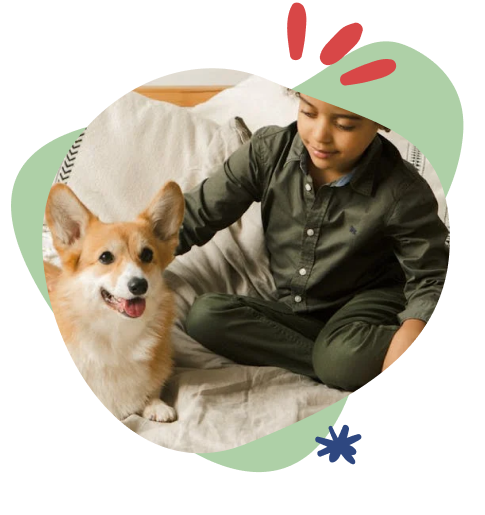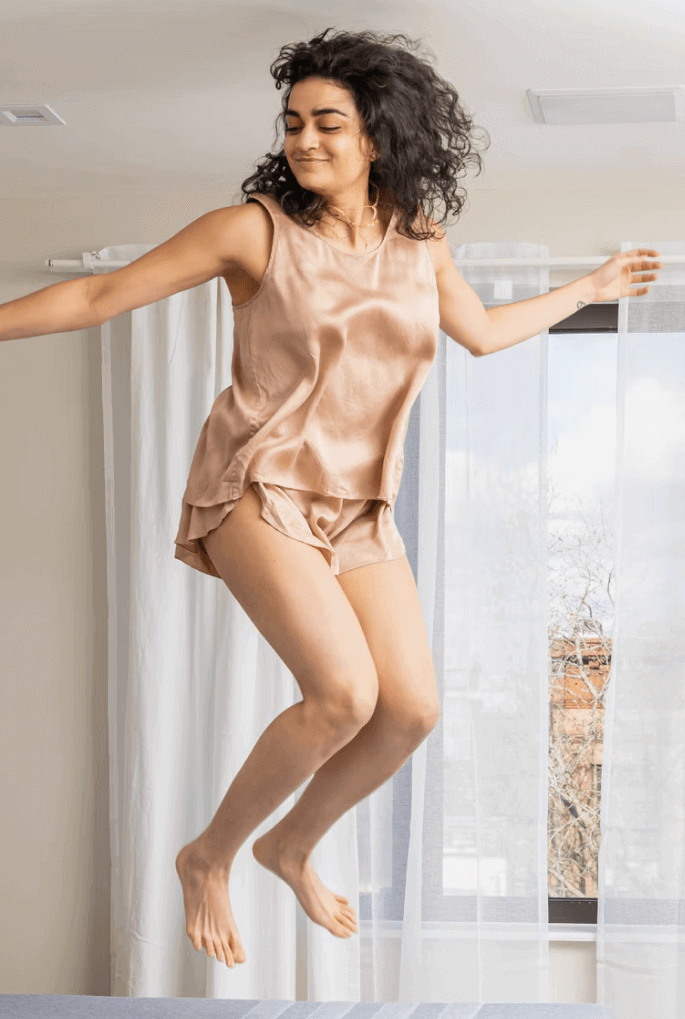|
|
|
Thanks for your question. A few answers come to mind here: First, one piece of good news is that relatively speaking, toddlers are much easier to match with a bed than adults. They generally are best served with a firm (ie, not cushy) bed that will provide good support for their spine. Since they weigh very little, almost no beds will sag when they lie on it. And since their bodies don't really have curves, they don't need a lot of conforming. Lastly, the toddler's very light weight makes the relatively short longevity of IKEA mattresses less of an issue. As a result, the factors that differentiate your choices for toddler beds are:
In terms of #1, the Sultan Hanestad is quite affordable at only $169 in a twin-size. In terms of #2, IKEA beds have much lower longevity than most beds (owners report keeping them for only 4-6 years), but durability issues are less likely to be an issue for a toddler. In terms of #3, it has pocketed coils, which are good for motion isolation, but no other features to speak of (including edge support, to the extent that's a concern). In terms of #3, the Sultan Hanestad is a much better choice than an all-foam IKEA model, however it does still contain polyurethane foams that are an off-gassing concern for some parents. In terms of its popularity as a toddler bed, we have no data on this. Going further, I would suspect that such data would be hard for even IKEA to obtain, since purchasers wouldn't normally indicate who they intend to sleep on the bed they're buying. Net, since you've already bought the bed, and IKEA has only an exchange policy for its beds (not a return policy), there is not much you can do here anyway. However, for other people reading this, we'd suggest you think through these types of questions before you make your purchase, not after!
reply
|














































